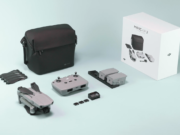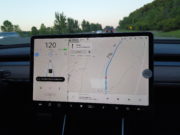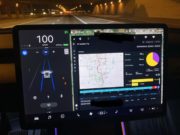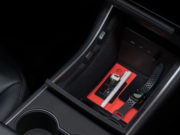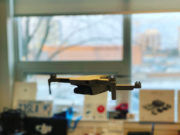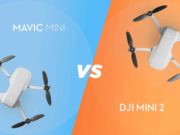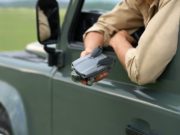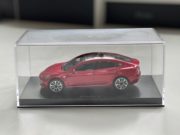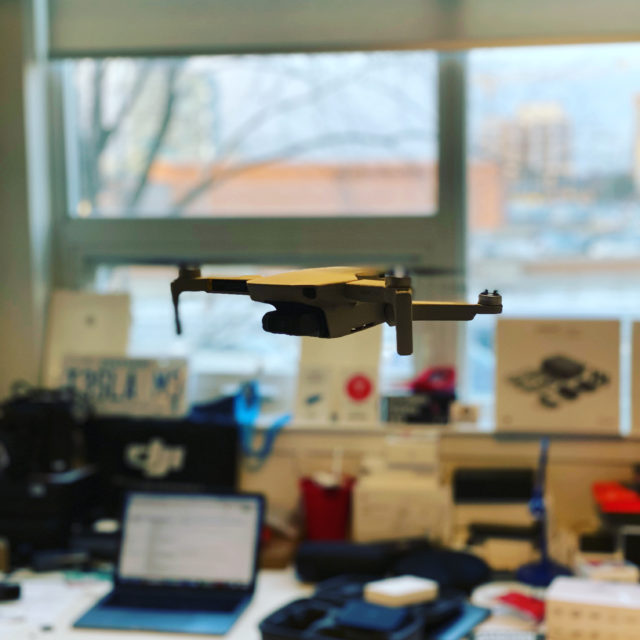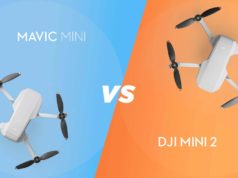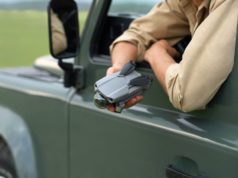FTC: We may earn money or products from the companies mentioned in this post. More.
If you’re hoping to dip your toes into the exciting world of drone photography and flight, the first thing you’ll need is to find the right one for you. Unfortunately, it isn’t as simple as buying a drone and taking it out for a spin. There a few, but important, rules and regulations you’ll need to be aware of. Here’s everything you need to know before you fly a drone in Canada.
1. You’ll have to register and mark your drone to fly it in Canada
All drones, or anything that qualifies as a Remotely Piloted Aircraft Systems (RPAS), will need to be registered. In this case, what you’re looking for is its maximum takeoff weight, which should be between 250g up to 25kg.
You will receive a unique registration number from Transport Canada once the process is complete. That’s not all though. The number will have to be clearly and visibly marked on the drone before you can fly it. Apart from confirming that it’s a registered product, the obvious benefit is identification. It’ll be really easy to trace who the owner of a lost drone is.
Drones under 250g don’t have to be registered. So if you just want to know what flying a drone is like without the hassle of registration, that’s the upper limit. Drones over 25kg don’t need to be registered either. What you do need though is a special flight operations certificate instead.
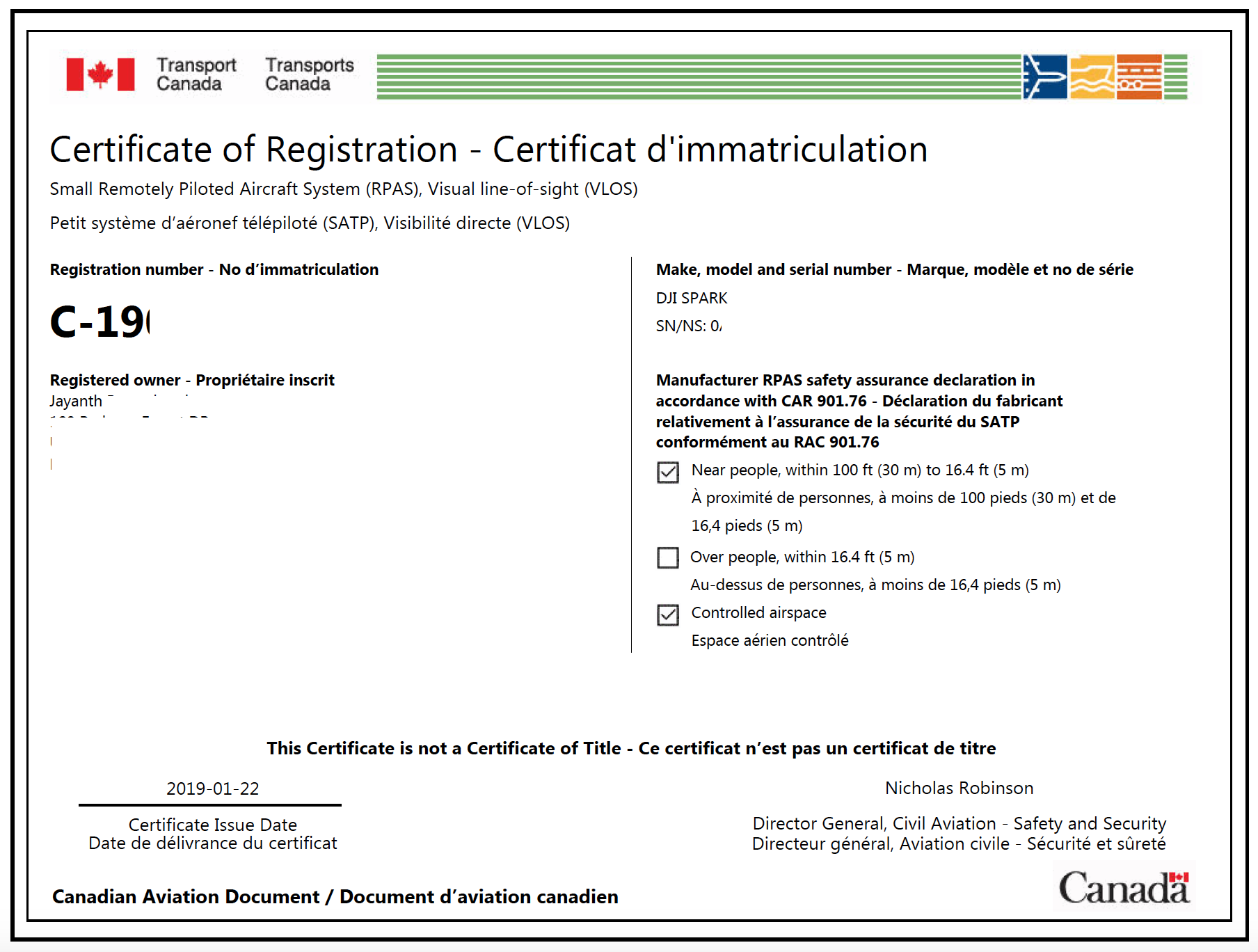
2. Get a drone pilot certificate from Transport Canada
There are two main categories of drone operation in Canada – basic and advanced. Obviously, each category has its own set of rules that you’ll have to follow. However, the first thing you’ll need to do is figure out exactly what kind of license you require.
The two categories are defined by the weight of your drone, distance from bystanders, and airspace rules. Whether for work or play, the rules will apply just the same, so make sure that you get the pilot certificate done as soon as possible.
Basic operations
There are three conditions you need to meet to qualify for a Basic pilot certificate. Keep in mind that all of them need to be fulfilled.
- If you only plan to fly the drone in uncontrolled airspace.
- You will fly it more than 30m (100ft) horizontally from bystanders.
- The drone should never be flown over bystanders.
Advanced operations
You pretty much end up at the other end of the spectrum when it comes to being considered an Advanced drone operation. Remember, you just have to meet one of these conditions.
- If you want to fly in controlled airspace.
- You want to fly over bystanders.
- You want to fly within 30m (100ft) of bystanders (measured horizontally).
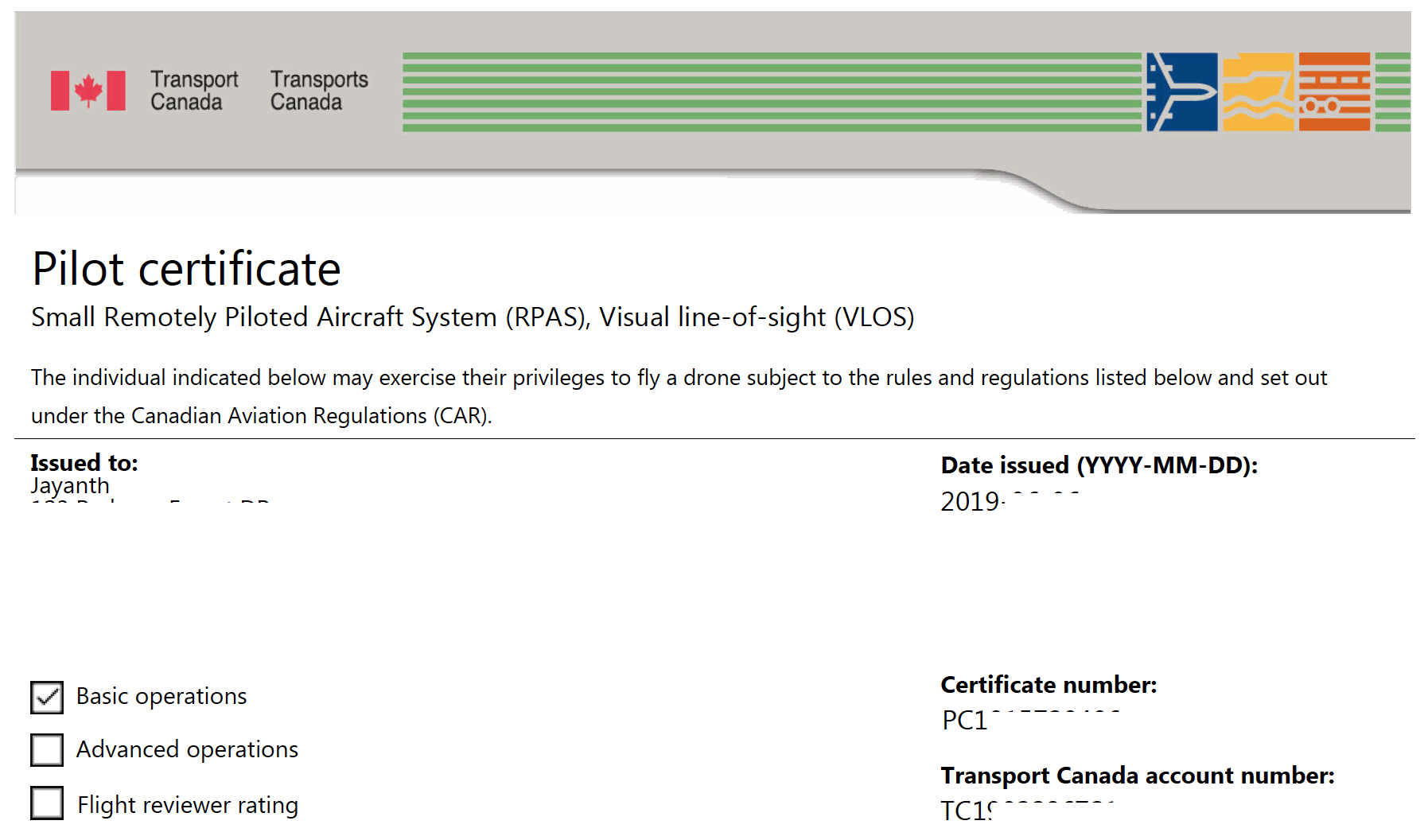

3. Age restrictions
Like most good things in life, there’s an age restriction that you’ll need to be aware of. In Canada, anyone who is 14 years old and above can get a Basic license. You’ll have to wait till you turn 16 though before you can get your hands on an advanced one. Fear not if you’re hoping to teach your kids how to fly a drone! Children younger than 14 must be supervised by someone with a license. This condition applies even when talking about clubs, camps, and other youth groups.
4. Always keep your drone in sight
If it isn’t obvious, rule numero uno is to keep your drone away from all aircraft, airports, and heliports. The drone must always stay below a height of 122m (400ft) above ground level, out of controlled airspace, unless you obtain special permission and have advanced pilot certification, and always within your line-of-sight.
Pilots must be fit to operate. Basically, don’t fly your drone if you’re tired or under the influence of alcohol or drugs. Drones must also have proper lighting if you plan to take it out on a night-time flight. Remember that you should also avoid flying over any crowded areas, downtown, public events, emergency security perimeters, and outside Canadian airspace. Definitely not a good idea to see what the Niagara Falls look like from the US with a drone.
5. There are serious penalties!
It’s highly recommended that you follow the rules if you want to fly a drone in Canada of course. What does work really well as a deterrent though are the hefty fines you might be stuck paying off if you do stray out of line. Keep in mind that fines also add up if you’re caught breaking multiple regulations.
Fines for individuals
- Up to CA$1,000 if you’re caught without a drone pilot certificate.
- A maximum fine of CA$1,000 if the drone is unregistered or unmarked.
- Flying where you are not allowed also has a CA$1000 fine.
- Up to CA$3,000 for putting aircraft and people at risk.
Fines for corporations
- Up to $5,000 for flying without a drone pilot certificate.
- A penalty of up to CA$5,000 for flying unregistered or unmarked drones.
- up to CA$5,000 for flying where you are not allowed.
- A maximum fine of CA$15,000 if aircraft and people are at risk.
6. Tips for new pilots
You’re now ready to fly a drone in Canada! As exciting as it may be, we definitely don’t recommend jumping into the deep end when it comes to flying your drone. “Practice makes perfect” is an overused cliche, but is truly applicable in this case. It’s a good idea to have someone experienced along with you if you’re flying your drone for the first time. And remember, you won’t be an expert on your first day! Give it time, practice, and you’ll definitely be fine in a short time.
Make sure that you’re familiar with how your drone works and everything else about it. Try and work out a pre-flight checklist that you can follow every time you take the drone out. Every drone is different, so make sure that you read up on any new devices even if you are an experienced flyer. If you’re planning to take photos or shoot video, try and plan your flight route in advance.
Your first flight should ideally be in good weather conditions. You’ll have a great time seeing picturesque views through the drone camera if the sky is clear. But just from a handling point of view, taking a drone out in a snow storm while you’re still a beginner is probably a really bad idea.
Rules! Rules! More Rules! Become intensely familiar with all the rules (there really aren’t that many) and be sure to stick to them. Apart from the hefty fines mentioned above, other damage and liability could quickly add up.
More than anything else though, have fun! Flying a drone for the first time, or any time really, is quite an exhilarating experience. Once you become good at it, the possibilities with video and photography are endless.
7. We recommend getting public liability insurance
While it’s not legally required, getting public liability insurance for your drone is definitely useful. Most standard home insurance policies do not cover the use of drones, so you’ll have to get something additional to stay protected. Manufacturers also give additional coverage for drones while purchasing a new drone and something you should consider getting as well.
So that’s everything you need to know about flying a drone in Canada! Still not sure what drone to get? DJI is releasing a successor to its ultra-popular affordable offering and will certainly be a great buy.

